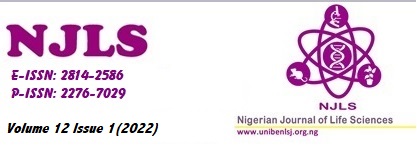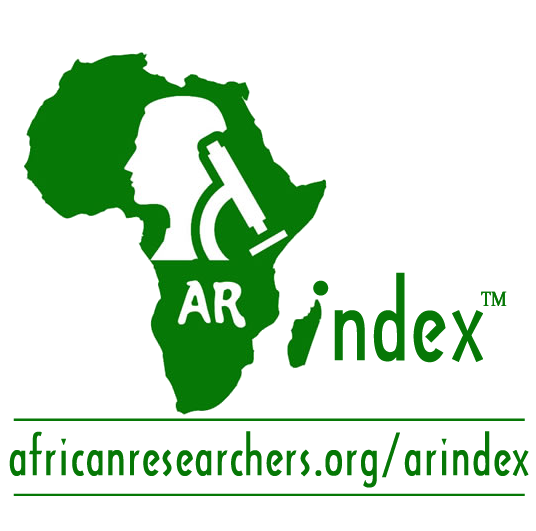Finnish Diabetes Risk Scores Positively Correlates Some Anthropometric Parameters in Young Adult Nigerians
DOI:
https://doi.org/10.52417/njls.v12i1.281Keywords:
FINDRISC; anthropometric; biochemical; correlation; young adultsAbstract
The prevalence of diabetes mellitus is increasing steadily. The Finnish Diabetes Risk Score (FINDRISC) was developed for the identification of individuals at risk of developing diabetes mellitus. The relationship between FINDRISC and biochemical and anthropometric parameters in young adult Nigerians has not been investigated, thus creating a knowledge gap. The aim of this study was to determine the relationship between FINDRISC and biochemical and anthropometric parameters in young adult Nigerian populations. A prospective cross-sectional study was conducted amongst 240 young adults (aged 15-35 years) without a previous diagnosis of diabetes, in an urban and rural location in Delta State. Participants filled out the FINDRISC questionnaire prior to a fasting blood glucose test while other biochemical and anthropometric measurements were done following standard protocols. Pearson correlation analysis was used to analyze the relationship between FINDRISC and the parameters of interest. FINDRISC had a significant (p < 0.05) positive correlation with Body Mass Index [r = +0.596 (rural); r = +0.620 (urban)]; Waist Circumference [r = +0.609 (rural); r = +0.587 (urban)] and Fasting Blood Sugar [r = +0.364 (urban)] in the study population. All other biochemical parameters did not show a significant correlation with FINDRISC. These findings provide compelling evidence to suggest that anthropometric parameters could play significant roles in the prediction of future diabetes risk in the population






